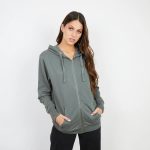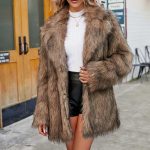Finding the best women’s climbing pants is essential for anyone serious about rock climbing, bouldering, or indoor gym sessions. These specialized pants go beyond regular activewear by offering flexibility, abrasion resistance, and freedom of movement tailored to vertical challenges. Unlike standard athletic leggings or hiking trousers, the best women’s climbing pants are engineered to handle rough surfaces, dynamic motions, and unpredictable weather conditions.
Moreover, a good pair supports every move—from high steps and drop knees to heel hooks and smears. They stretch where needed, resist tears on sharp edges, and wick away sweat during intense climbs. As a result, climbers can focus on technique instead of adjusting their clothing. In addition, many designs include practical features like gusseted crotches, articulated knees, and secure pockets that stay put during inversions.
Also, fit plays a crucial role in performance. Too tight, and circulation suffers; too loose, and fabric catches on holds. Therefore, the ideal climbing pant balances a snug yet flexible silhouette with breathable materials. Whether you’re tackling multi-pitch routes or practicing at the crag, comfort directly impacts endurance and confidence.
This article explores what makes the best women’s climbing pants stand out, including material choices, key design features, top brands, and how to choose based on climbing style. By the end, readers will feel confident selecting a pair that enhances both safety and performance.
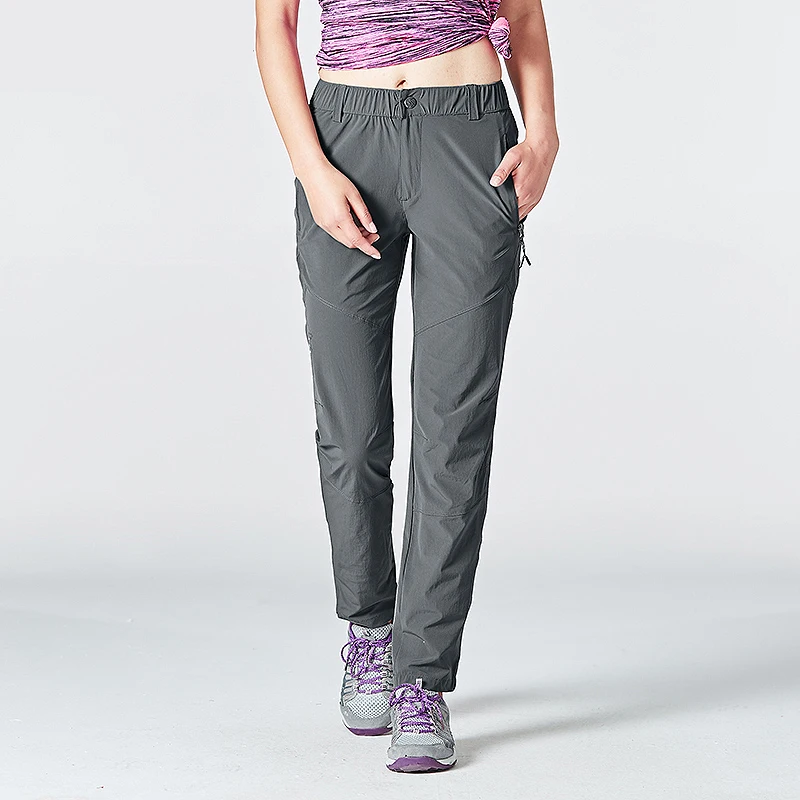 What Makes Climbing Pants Different from Regular Activewear?
What Makes Climbing Pants Different from Regular Activewear?
Climbing demands unique physical movements that standard workout clothes aren’t built to support. Therefore, the best women’s climbing pants differ significantly from yoga pants, running tights, or casual jeans.
First, four-way stretch fabric allows unrestricted motion in all directions. While yoga pants may stretch front to back, climbing requires lateral and diagonal flexibility. High-performance elastane or spandex blends enable full range without resistance.
Second, abrasion-resistant materials protect against sharp rocks and textured walls. Nylon and polyester weaves are common because they withstand scraping better than cotton or thin knits. Some pants use reinforced panels on knees and seat areas for added durability.
Third, gusseted crotch design prevents tearing and improves mobility. This diamond-shaped insert eliminates seam stress between the legs. As a result, deep lunges and high foot placements become easier and more comfortable.
Fourth, articulated knees follow the natural bend of the leg. Instead of straight seams, these pants feature curved stitching that aligns with joint movement. This reduces fabric bunching and increases agility.
Fifth, breathable and moisture-wicking fabrics keep climbers dry. Sweating is inevitable during effortful ascents. Quick-drying textiles pull moisture away from the skin, preventing discomfort and chills.
Sixth, secure pocket placements avoid interference with harnesses. Many climbing pants have zippered thigh or side pockets positioned above gear loops. This keeps essentials like chalk bags, phones, or snacks accessible but out of the way.
Seventh, waistband stability prevents slipping during dynamic moves. Elasticized bands with drawcords ensure a locked-in fit even when inverted. Flat seams reduce pressure points under harness straps.
Because climbing involves constant friction, strain, and unpredictable environments, regular activewear often fails. The best women’s climbing pants meet these challenges head-on with purpose-built construction.
Top Materials Used in the Best Climbing Pants
The fabric used in climbing pants determines comfort, longevity, and performance. Modern advancements have led to lightweight, durable blends that enhance every climb.
- Nylon-spandex mix is one of the most popular combinations. Nylon provides strength and tear resistance. Spandex (usually 5–15%) adds stretch and recovery. Together, they create a resilient, flexible fabric ideal for technical routes.
- Polyester-elastane blend offers excellent moisture management. It dries faster than nylon and resists UV degradation. Often found in lighter-weight models designed for warm climates.
- Recycled fabrics are gaining popularity among eco-conscious climbers. Brands use post-consumer plastic or repurposed fibers to make sustainable climbing pants. These perform just as well as virgin materials.
- Organic cotton blends appear in casual-style climbing wear. While less durable than synthetics, they offer softness and breathability for beginner climbers or gym use.
- Double-weave or ripstop nylon appears in rugged outdoor models. Ripstop technology integrates thicker threads at intervals to stop tears from spreading. Ideal for alpine or trad climbing.
- Durable Water Repellent (DWR) finish helps shed light rain and dirt. Although not fully waterproof, this coating adds protection in damp conditions.
- Bluesign® or OEKO-TEX® certified textiles guarantee safe production methods. These labels ensure no harmful chemicals were used during manufacturing.
Each material serves a specific need. For example, those prioritizing sustainability might choose recycled nylon. Meanwhile, mountaineers may prefer ripstop for extreme durability. Understanding these options helps narrow down the best women’s climbing pants for individual needs.
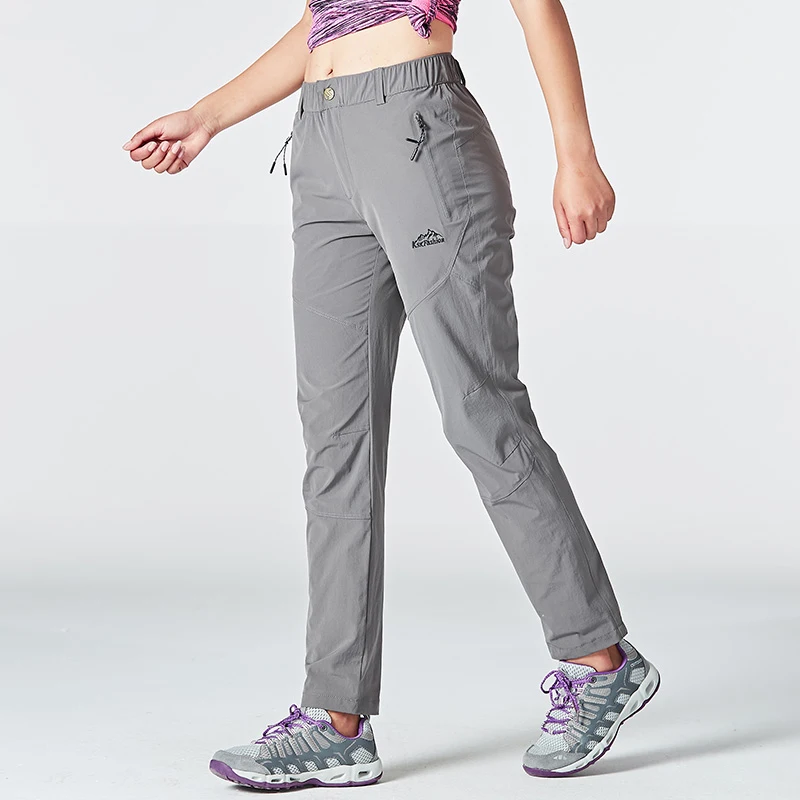 Key Features to Look for in High-Performance Climbing Pants
Key Features to Look for in High-Performance Climbing Pants
When shopping for the best women’s climbing pants, certain features separate average pants from elite performers. These elements improve fit, function, and overall climbing experience.
- Gusseted crotch remains one of the most important upgrades. It eliminates inner-thigh seams that can rub or split during wide stances. This design also allows smoother transitions between positions.
- Adjustable waistbands with drawstrings provide a customized fit. Since harnesses sit low on the hips, a secure waist prevents slippage during overhangs or drops.
- Reinforced knees and seat increase lifespan. Extra layers or denser weave in high-wear zones prevent premature holes. Some brands add knee pad compatibility for extended ground contact.
- Functional pockets with zippers keep items secure. Flap pockets may open during movement. Zippered thigh or back pockets hold keys, lip balm, or small tools safely.
- Tapered or ankle cuffs prevent snagging on rocks or shoes. Loose fabric can catch on edges, disrupting balance. Adjustable cuffs allow length customization for different footwear.
- Flatlock or taped seams reduce chafing. Raised stitching irritates skin during prolonged wear. Smooth seams enhance comfort, especially under harness straps.
- UV protection matters for outdoor climbers. UPF-rated fabrics block harmful sun rays during long days at exposed crags.
- Lightweight construction improves agility. Heavy pants weigh climbers down and trap heat. Optimal weight balances durability with ease of movement.
- Ventilation zones like mesh-lined pockets or side zips promote airflow. These help regulate temperature during strenuous efforts.
These features work together to support peak performance. While no single pant includes every option, identifying which ones matter most helps guide purchasing decisions.
How to Choose the Right Fit Based on Climbing Style
The best women’s climbing pants vary depending on discipline, environment, and personal preference. Indoor boulderers need different features than multi-pitch trad climbers.
For indoor gym climbing, flexibility and breathability are top priorities. Slim-fit jogger styles with stretchy fabric allow full motion. Lightweight materials prevent overheating under artificial lights.
For bouldering outdoors, durability and grip matter. Look for reinforced seats and abrasion-resistant fabric. A slightly looser cut allows room for crash pads and repeated ground impact.
For sport climbing, balance is key. Pants should be sleek enough to slide over rock but tough enough for repeated rope drag. Mid-rise waists work well with harnesses. Ankle zips help adjust length over climbing shoes.
For trad or alpine climbing, weather resistance becomes critical. Water-repellent finishes, higher UPF ratings, and wind-resistant weaves add protection. Longer inseams shield legs from scree and snow.
For multi-day expeditions, packability and quick drying are essential. Choose pants that fold into a backpack and dry fast after river crossings or rain.
For beginners, comfort and affordability take precedence. Soft cotton blends or hybrid designs offer a gentle introduction to climbing-specific wear.
For warm climates, prioritize ventilation. Mesh panels, roll-up cuffs, and lighter colors reflect heat. Avoid thick fabrics that trap sweat.
Matching your pants to your climbing style ensures maximum benefit. The right fit enhances control, reduces fatigue, and boosts confidence on every route.
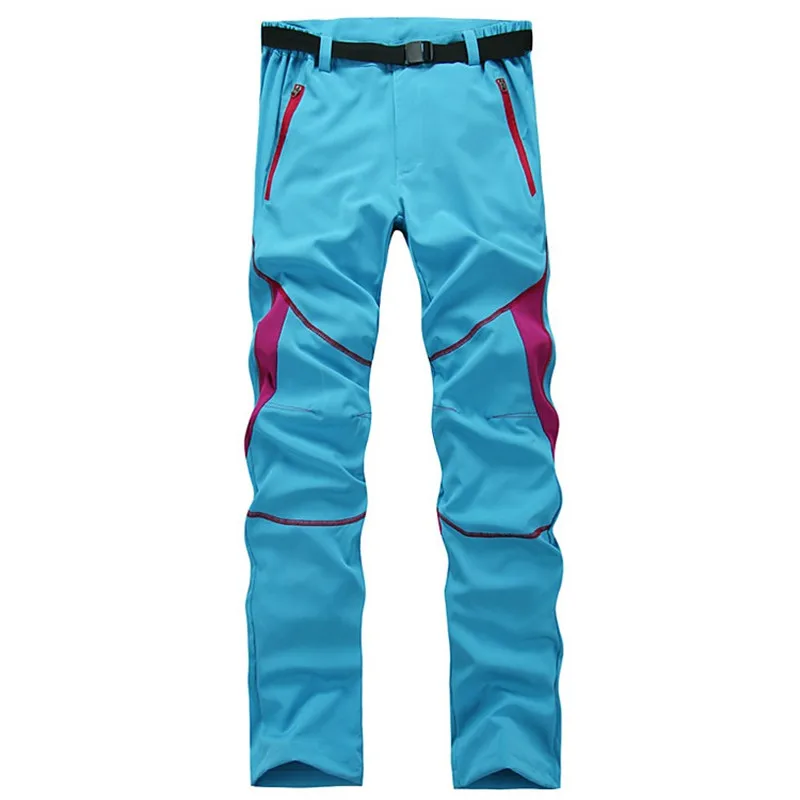 Leading Brands Offering the Best Climbing Pants
Leading Brands Offering the Best Climbing Pants
Several outdoor apparel companies specialize in high-quality climbing gear designed specifically for women. Each brand brings its own innovation, fit philosophy, and sustainability focus.
- Prana is known for its eco-friendly materials and stylish silhouettes. Their Zion Pant and Brion Pant use recycled fabrics and offer great stretch. Popular among gym and sport climbers.
- Black Diamond focuses on technical performance. Their Dawn Patrol Stretch Pants feature durable nylon-spandex with articulated knees. Ideal for alpine and trad routes.
- Marmot combines functionality with comfort. The Minimalist Pant uses lightweight ripstop with UPF 50+ protection. Great for desert climbing and long sun exposure.
- Outdoor Research emphasizes weather-ready designs. Their Ferrosi Pants are highly breathable and water-resistant. A favorite for variable mountain conditions.
- Arc’teryx delivers precision engineering. The Gamma Pant line offers multiple fits (LT, MX, SL) for different activities. Known for seamless integration with harnesses.
- Patagonia leads in sustainability. Their Nine Trails Pant uses recycled nylon and Fair Trade sewing. Designed for durability and ethical production.
- The North Face offers versatile options. The Aphrodite Pant blends casual looks with climbing functionality. Suitable for urban bouldering and weekend crags.
- Girl Trekkers caters specifically to female adventurers. Their climbing pants include wider hips, narrower waists, and longer torso adjustments.
These brands consistently rank among the best due to rigorous testing, customer feedback, and commitment to quality. Trying on multiple styles helps determine which brand aligns with body shape and climbing goals.
Caring for Your Climbing Pants to Extend Lifespan
Even the best women’s climbing pants require proper care to maintain performance and appearance. Without routine maintenance, fabrics degrade, seams weaken, and elasticity diminishes.
First, wash after heavy use. Dirt, chalk, and sweat build up in fibers. Use cold water and mild detergent to preserve fabric integrity.
Second, turn pants inside out before washing. This protects outer finishes like DWR coatings and prevents pocket lint buildup.
Third, avoid fabric softeners. They coat fibers and reduce moisture-wicking ability. Over time, this decreases breathability and comfort.
Fourth, air dry whenever possible. Tumble drying can shrink elastic and damage sensitive weaves. Hang pants in a shaded, ventilated area.
Fifth, store properly. Fold neatly or hang in a dry closet. Avoid damp basements or hot attics that encourage mold or stiffness.
Sixth, repair small tears early. Use patch kits or seam sealant to stop rips from spreading. Reinforce worn knees if needed.
Seventh, reapply DWR treatment when water stops beading. Spray-on rejuvenators restore water resistance without replacing the entire garment.
Eighth, inspect seams and zippers monthly. Look for fraying or misalignment. Early fixes prevent bigger issues later.
By following these steps, climbers extend the life of their gear and get more value from their investment.
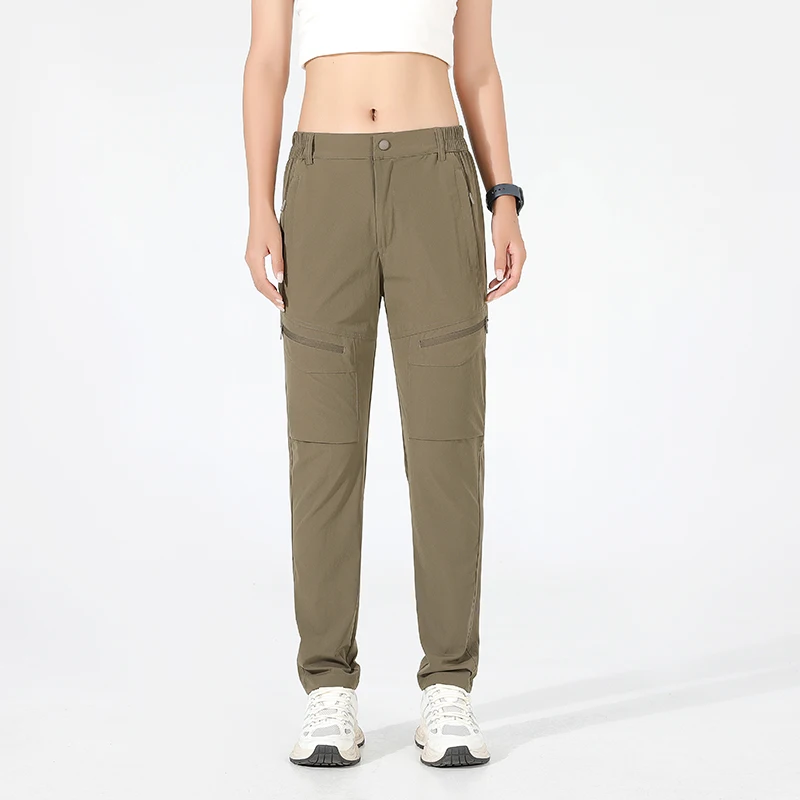 Frequently Asked Questions
Frequently Asked Questions
Many climbers have questions before buying new pants. Here are answers to the most common concerns.
Do I need special pants for climbing?
Yes. Regular pants lack stretch, durability, and harness-compatible features. Climbing-specific designs enhance safety and mobility.
Can I wear leggings for climbing?
Only if they’re made for it. Standard yoga leggings tear easily and don’t handle harness pressure well. Look for reinforced, four-way stretch models.
Are cargo climbing pants practical?
Some are. If pockets are zippered and placed above harness lines, they work well. Avoid bulky styles that snag on holds.
How tight should climbing pants be?
Snug but not restrictive. You should bend, lunge, and reach freely. There should be no pinching or binding.
Can I wear climbing pants in winter?
Yes, with layering. Wear thermal leggings underneath. Choose wind-resistant outer pants for cold environments.
Do they come in plus sizes?
Yes. Many brands now offer inclusive sizing. Check Prana, Patagonia, and Marmot for extended size ranges.
Are sustainable options available?
Absolutely. Recycled materials and ethical production are common in top brands.
These answers help clarify doubts and support informed decisions.
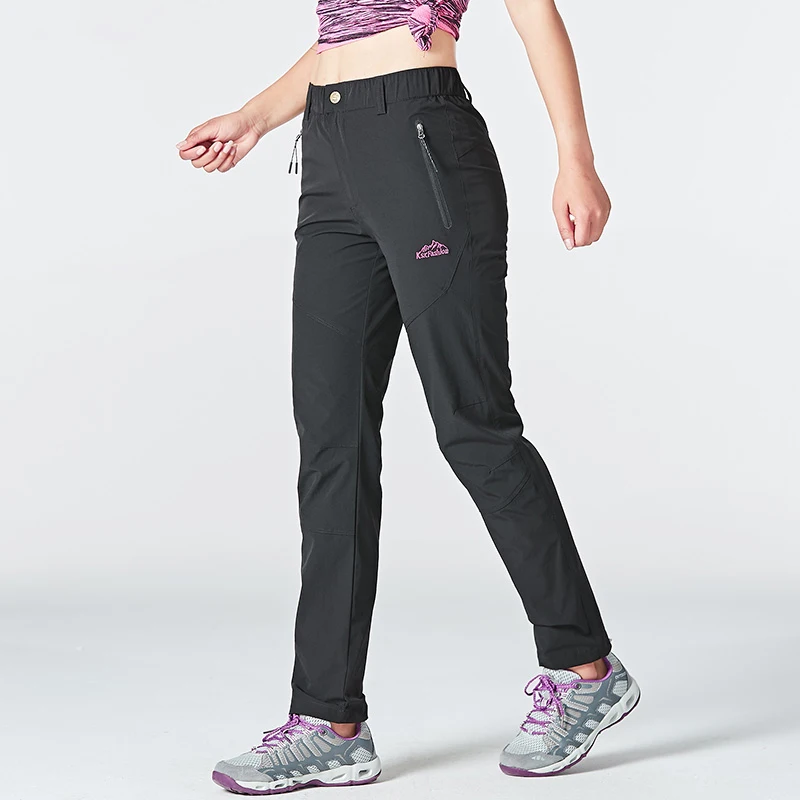 Final Thoughts: Why the Best Women’s Climbing Pants Are Worth the Investment
Final Thoughts: Why the Best Women’s Climbing Pants Are Worth the Investment
The best women’s climbing pants do more than look good—they enhance every aspect of the climbing experience. From improved flexibility and durability to thoughtful design details, they empower climbers to push limits safely and comfortably.
As the sport grows, so does the demand for functional, inclusive, and sustainable gear. Today’s options cater to diverse bodies, disciplines, and environmental values. Whether scaling indoor walls or conquering remote cliffs, having reliable pants makes a real difference.
Ultimately, investing in high-quality climbing pants means prioritizing performance, protection, and long-term usability. With the right pair, every move feels supported, every route becomes more enjoyable, and every adventure ends with confidence.
